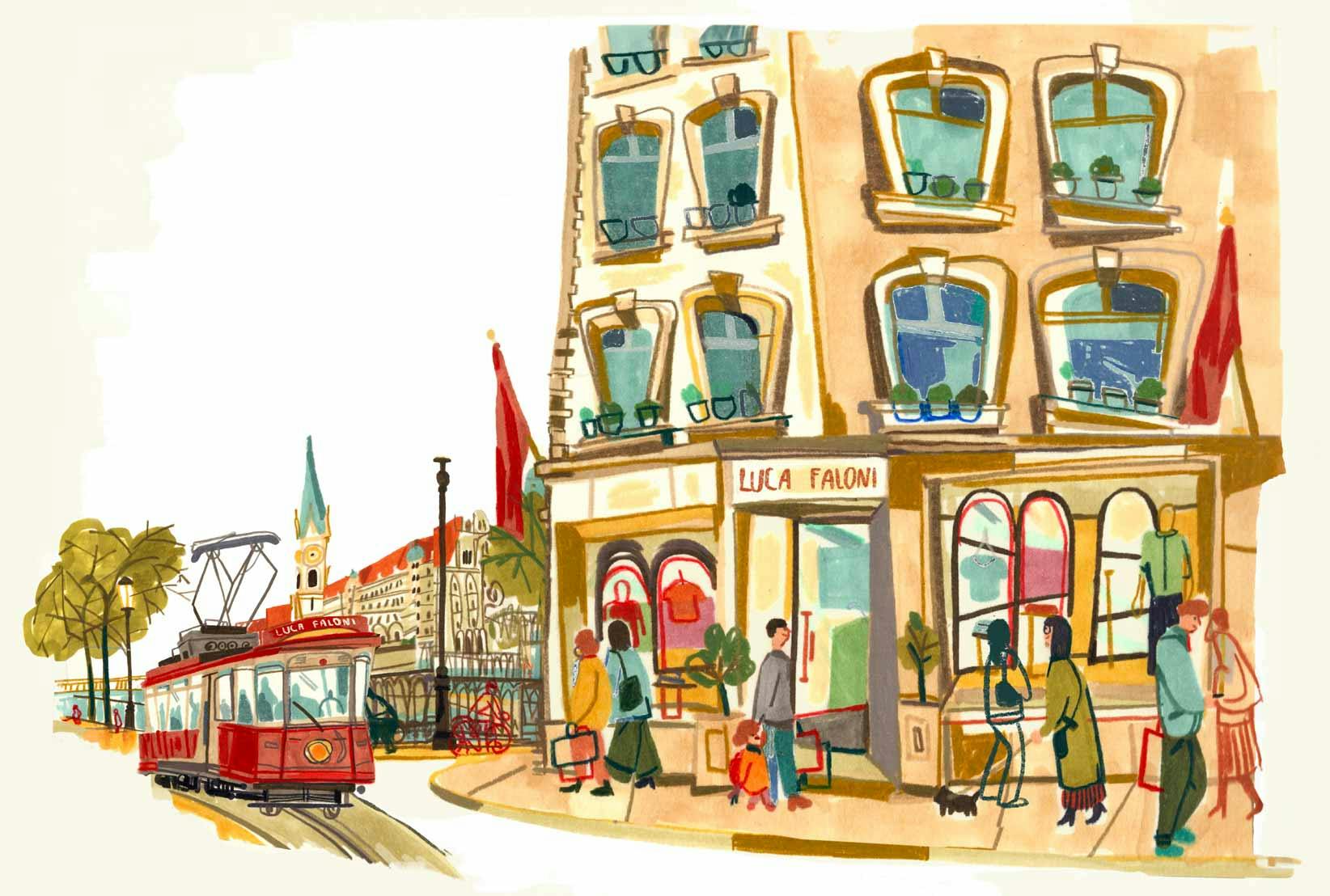48 hours in Zurich, Switzerland
Nestled along the shores of Lake Zurich sits the largest Swiss city. Renowned far beyond Europe's borders, Zurich stands as a thriving financial centre with a dynamic cultural landscape and an unparalleled quality of life.
In recent decades, the artistic scene of the city has undergone somewhat of a revolution, echoes of the industrial and avant-garde past blend seamlessly with the newfound status of one of the most stylish and sought-after European cities.
This transformation proves Zurich's relentless commitment to innovation and creativity. From the spectacular Kunsthaus Zurich (Zurich Art Museum) with over 800 years of art history on display, to an array of international blue-chip art galleries, the dynamic Zurich art scene offers something for everyone.
Aligned with its esteemed reputation, the city is home to numerous prominent international financial and banking institutions. But it's not only money that matters; Zurich equally fosters an entrepreneurial spirit and has established itself as a vibrant hub for innovation and research. Here, numerous global universities and technology firms have chosen to base themselves in the European centre of financial, business and innovative excellence.
In Zurich, culinary delights abound and adding to the experience is a rich tradition of the finest chocolatiers. This includes Lindt & Sprüngli, whose artistry can still be admired in the factories located on the outskirts of the city.
It’s possible to enjoy a breathtaking vista of Zurich in all its splendour from the Uetliberg Mountains that embrace the city. The very high point shows the bustling urban complex adorned with abundant greenery, revealing Zurich as a highly walkable landscape. Countless footpaths weave through the city, tracing the course of the river and connecting two forested chains of hills that envelop the centre. The vantage point provides visitors with the opportunity to savour tranquillity away from the cosmopolitan city buzz in the surrounds of unspoiled nature.
While strolling the quaint, cobbled alleys of the flawlessly preserved Mediaeval old town, one can't help but be lured by the charm emanating at every corner of this petite lakeside metropolis—the ideal destination for those seeking to embrace a cultivated lifestyle.
